Power can go out on occasion and a heavily stocked fish tank can run our of dissolved oxygen in short order when water flow stops.
I hooked up a battery backup that would be able to run my air pump for at least 20 hours before running the battery down below half charge. My set up is arranged with a relay so that the air pumps can run on mains power normally and the battery normally just powers the inverter and has a trickle charger to keep it topped up. When mains power goes out, the relay switches the air pumps over to being powered by the batter through the inverter.
Choices of inverter and battery as well as charger are important as well. A regular car battery might be able to operate such a set up in a pinch but just a couple times of wearing a car battery down usually degrades the future functioning of the battery. Deep cycle batteries are more appropriate to backup systems which might deeply drain a battery on a regular basis.
Just to let people know, just because it is a little air pump that uses less than 60 watts doesn’t mean that a 100 watt continuous inverter will be up to the task (apparently there was fine print some where that said the inverter could do 100 watts continuous -but only continuously for up to 20 minutes- WHAT?!? So then I got an inverter that was supposed to be good for 800 watts peak and 400 watts continuous, it worked for 4 months before the little fan burned out, got it replaced and it worked again for about 6 months. So then I went searching for an inverter that could handle higher temperatures and it’s been good so far.
The next challenge I had was the battery charger. My fancy quick charge for the deep cycle battery was nice while it lasted but it too had a fan that I guess eventually over heated and it died too. The cheaper charger requires that I manually switch the amperage from Charge to float once the battery is charged back up. The Fancy charger would automatically adjust the setting but it would not come back on in charge mode after a power out so one still needed to hit a button on it after the power came back on.
Now the inverter quitting was a major annoyance but I suspect it could be a pretty common one. In a dusty shed or garage that gets quite warm in the summer the poor equipment with fans just did not fair well.
The new inverter doesn’t even have a high a wattage rating but it seems to be a solid piece of gear with higher temperature ratings so hopefully it will last a bit better for me.
And the relay came from Skycraft (an aerospace surplus supply North of Orlando) Find an appropriate relay for your power situation with contacts rated for the loads. I used a wall wart to control the coil so that when the power goes out it switches to the NC (normally closed) position so the air pump is powered by the battery power through the inverter and when the mains power comes back on the coil will switch the contacts to the NO (normally open) position so the air pump is essentially plugged back into the mains power.

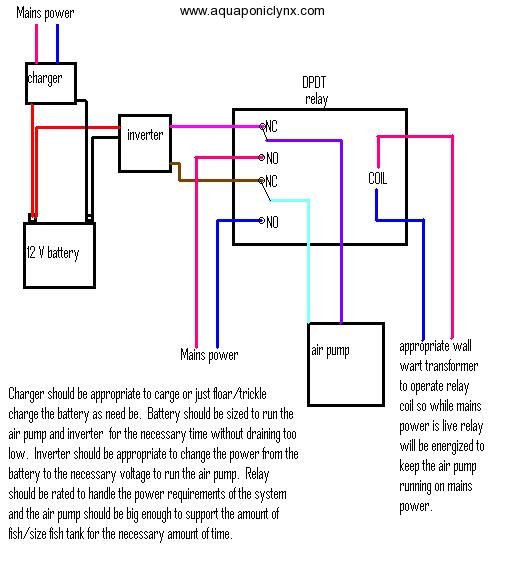

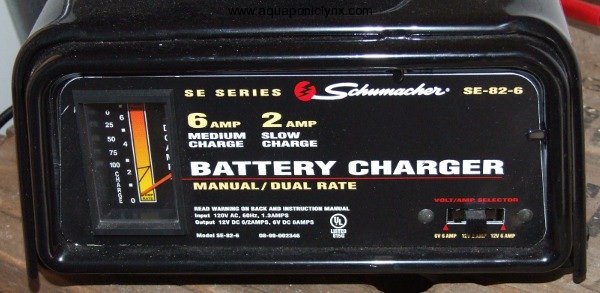
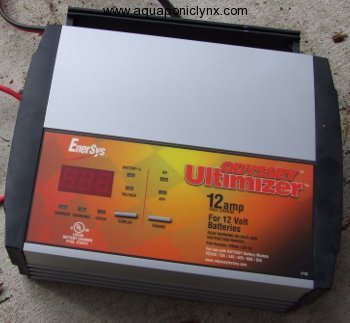

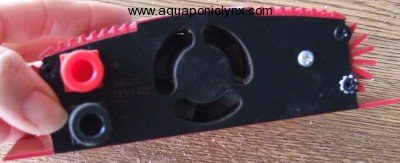
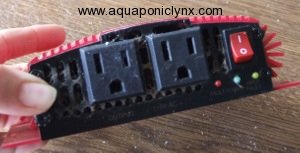
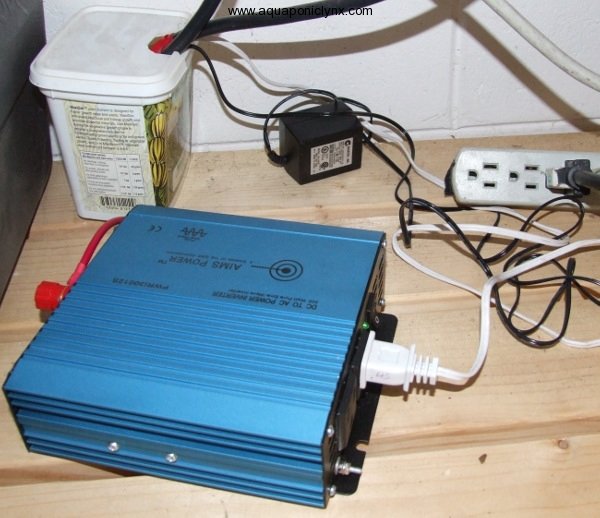





We’ve been involved in a few power outages and these battery backup systems are as good as the quality of your battery. Mine would slowly die after 4 or 5 hours of use during power failure. I still use a battery backup system but have invested in a portable 2kW power generator that will pump not only the aquaponics system but the house and computer as well. Can’t be off the internet for too long can we?! 🙂
Too True, And my Battery is now a bit older so won’t last as long as it used to. Proper care of the batteries can help some but they don’t last forever.
I would like to add a generator for backup, might be a while before I get to do that though.
Hi, sorry for enquiring this enquiry here, but I can’t find a contact form or something so I thought I leave my query here. I run a blogengine blog but I am getting increased amounts of spam. I see u use wordpress, is it uncomplicated to regulate spam with wordpress or doesn’t it make any difference? I hope you will respond to my comment or maybe send me an email with your answer if you don’t want to approve the comment. Best regards, Annie
A friend just shared a heartwarming item in the news about how a couple of normal people used the love of fresh vegetables to build a strong connection among the neighbors. Maybe everyone reading this website should use gardening to bring our neighborhood together.
Hi you have to add another relay to the switch on & off of the inverter . And you will not have problem , it is working ok
hi, I an Maung Pru, From Bangladesh.
Thanks for sharing with us. would you kindly help me to build a auto changeover for inverter and main 220v AC
Now I’m using Chines made KBM brand 1000 watt inverter for 3 fan, 40w 4 energy saving bulb, using 150Ah battery.
when the mains off, i have to switch on/off the inverter manually. can it be possible to setup an auto changeover circuit for on/off inverter? pls help me.
Thanks
Maung Pru
How I did an auto changeover switch was I hooked up a DPDT (double pole double throw) relay. To power the coil on the relay I used a simple wall adapter of appropriate power rating for the relay and I used an appropriately rated relay for the power I would be switching. So I wired up some plugs one from the inverter output to the one set of poles on the relay and the other from a wall outlet to the other set of poles on the relay. I wired the output of the relay to the devices I wanted to power. So when the wall adapter is powered by the mains power, the relay would be energized and keep the things I was powering on the mains power. When mains power would drop out, the relay would de-energize and switch to the normally closed poles which were powered by the inverter.
Unfortunately, for this to work, the switch on the inverter would need to be left on all the time so I kept a float charger keeping the battery topped off since the inverter would always be using some of the electricity.
To actually have the inverter switch on it’s own, I would suggest you get an inverter that is also a charge controller/transfer switch built into one. They do make some good inverters that can do it all in one pre-wired package. They cost a bit more but then you avoid the whole problem of needing a separate battery charger and changeover switch that you then need to figure out how to wire in some how.